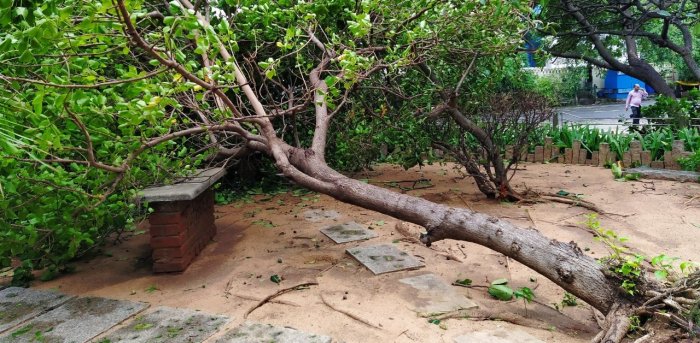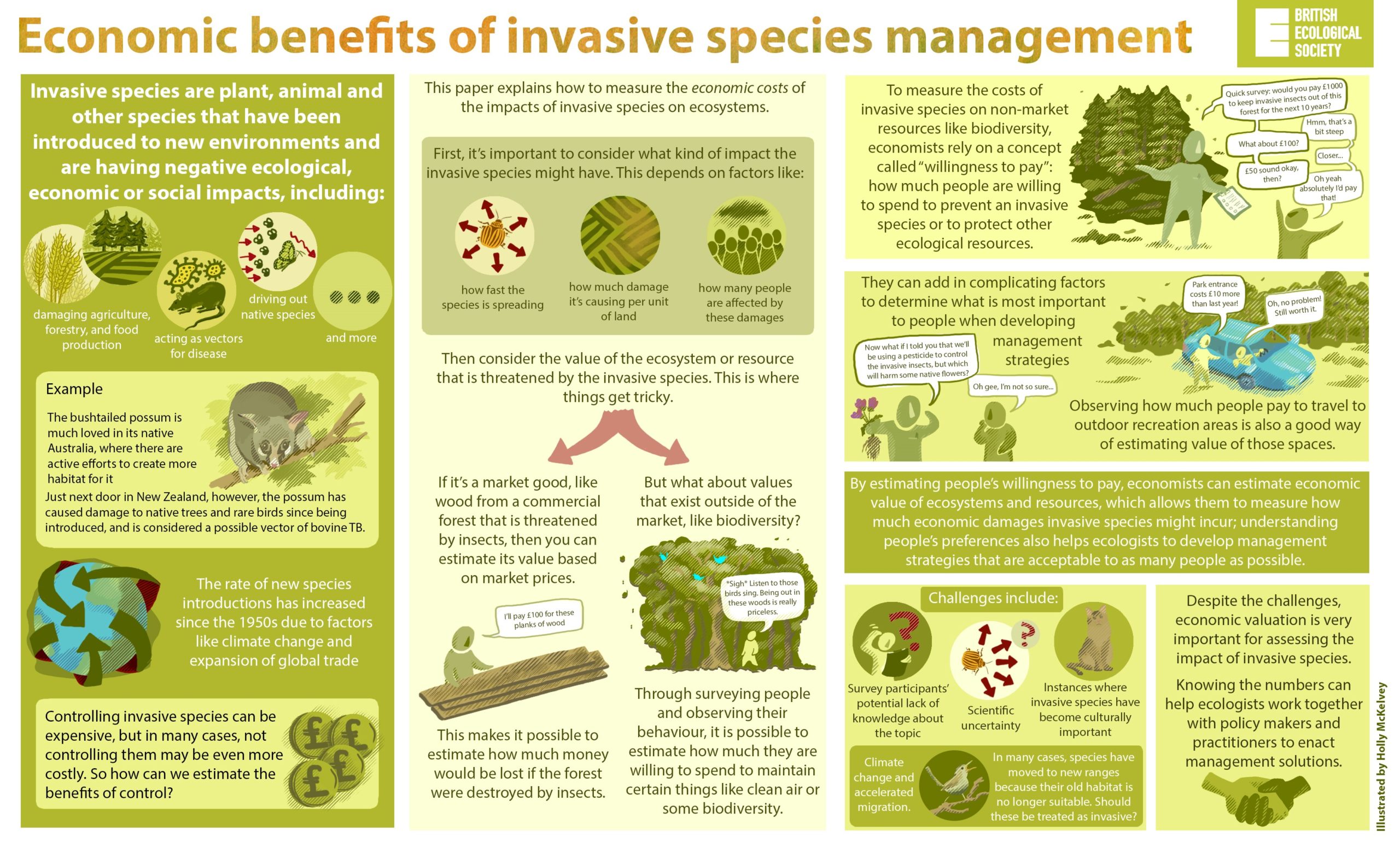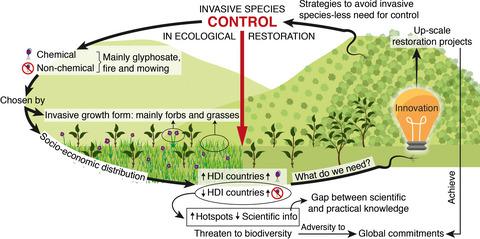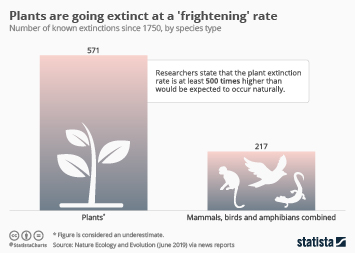A Cyclone does not come alone to shatter lives and livelihoods but also remove anything that has a human touch to it.
Recent extremely severe cyclone Tauktae has alone uprooted 812 trees under its influence.
Were they uprooted solely due to Cyclone?
Well upon further consideration and analysis, it was found that out of these 70% of the ones uprooted were non-indigenous ones inclusive of Gulmohar, rain tree and royal palm, among others.
Native plants ought to be the most visible elements in a local landscape. They are part of what makes a region unique.
They are known to significantly reduce water runoff and, consequently, flooding. This anyhow increases the resilience of an Ecosystem to thrive against Nature’s worst threats including the Climate change itself.
Even in some places, several indigenous plants are identified and planted along the river and watershed as flood immunizers such as Bamboo, to prevent and buffer communities against inundation or even cyclones.
This considerate planting is becoming more relevant with approaching deadlines for curbing Global warming as more warming means more Natural threats in all forms.
If we cannot strategize and implement to play offensive, we shall dare to try being defensive.
Can any tree be bad?
Trees are happy souls, altruists too. But not every tree is for every ecosystem. Native species are so selected by Nature to rejuvenate an area.
Every plant specie, like in Animalia, has a niche role to play which cannot be substituted by any other. Disturbing a cycle can disturb the whole Ecosystem.
Plus, an invasive specie introduced in an area without respecting Native ecosystem or unintentionally, may wipe out entire Native species in that area, as it can alter the surrounding environment (preferably Soil, in this case) to be unsustainable for any other.
Unravelling such lifelessness of Trees after the Cyclone:
Worried at this pathetic state of trees lying lifeless and about 1,454 tree branches, Mumbai Mayor Kishori Pednekar said: “We (BMC) are saying that native/indigenous trees should be planted. I personally feel that trees should not be planted on footpaths.”
“There is no space for roots to breathe and grow on the (concretised) footpaths, roots are unable to anchor themselves in the ground because of which trees get uprooted.”
Although Maharashtra had formulated Maharashtra (Urban Areas), Preservation and Prevention of Tree Act, 1975 which imposes that at least 1-metre space should be left around tree trunks when planted.
Similar are the guidelines by NGT.
“It is absolutely necessary to follow this instruction to achieve survival of trees and better maintenance of trees,” read the circular.
CAMPA and irresponsible planting:
Even though we are well aware of problems associated with Ecosystem losses, yet we keep on diverting forest lands and hurting our immediate surroundings.
In 2019, Central environment ministry admitted to the diversion of 11,467 hectares forest land for non-forestry projects like mining.
CAMPA Act or Compensatory Afforestation Fund Act is an Indian legislation that empowers both the Centre and States and Union Territories, to utilize the amounts released in lieu of forest land diverted.
This has to be achieved by planting Trees to support the Environment or may be balance the losses incurred, but do the losses really get paid?
The answer is No.
Firstly, these plants are cut usually from any core area inside the city but when compensatory afforestation is undertaken, it usually beautifies and cleanses the periphery of these cities, especially urbans where barely any human lives.
Secondly, we see that a single older plant has greater ecosystem benefits that 99 newly planted ones and it takes years (if spared by Humans) to grow.
Also in India, there is dearth of machines those can be used for proper displacement and implanting of bigger trees. Every single tree uprooted for Central Vista, could have been implanted happily, if we had proper will and technology.
Western ghats and indigenous plants losing lives:
In Western Ghats, vast plantations of eucalyptus and wattle (Acacia) have been raised in the past by converting grasslands and shola forests, smothering local habitats.
Although planting of such invasive species was banned in 1987 in the Nilgiris and their removal is being carried out in the Reserve Forests of the Nilgiris and Kodaikanal.
Yet, if measures are persistently undertaken, it will take long time for the landscape to turn into its original form.
A threatening story from Africa:
According to new research based on participants from Ghana, Kenya, Britain and Switzerland, the average losses to the agricultural sector in Africa’s 54 countries by invasive alien species has been $74.3 billion each year.
Invasive species introduced by human activity are currently costing African agriculture some $3.66 trillion every year – equivalent to 1.5 times the combined GDP of all African countries.
According to Study’s author: “The removal of invasive alien weeds is largely unpaid work and is primarily carried out by women and children, reducing the amount of time they are able to spend on income-generating and community activities or education.”
“One of the drivers of invasive species is a changing climate as new plants threaten the established crops which people rely on for both food and income”.
It may be a story from distant lands but all countries on the face of Earth will have to suffer from the perils of Nature, if this evil remain unaddressed.




